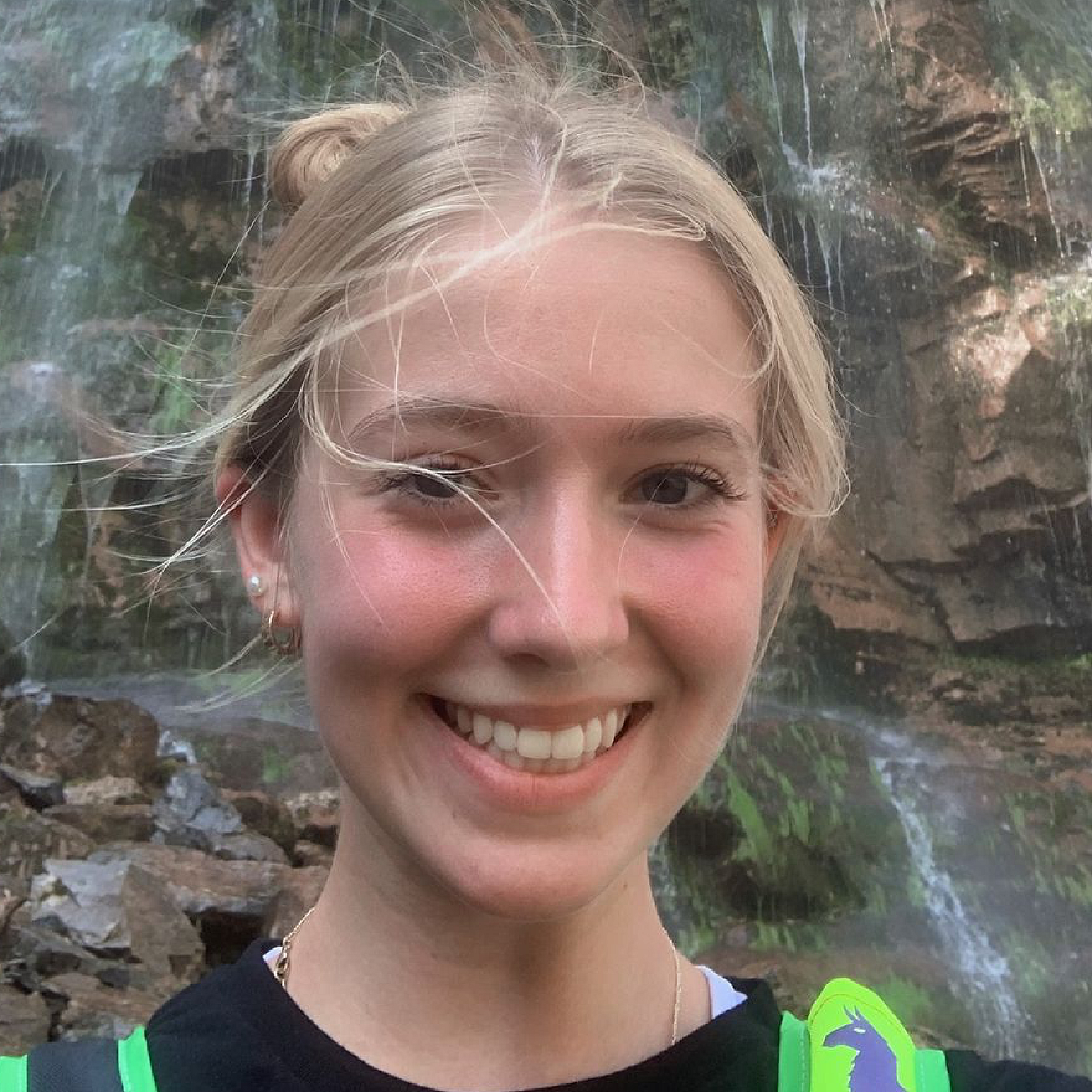
Acute and chronic infections impact our immune system differently and likely play different roles in vaccine-mediated immunity, cancer immunity, and autoimmunity. Acute infections could prevent cancer development, while chronic infections could favor cancer development and autoimmunity. We are interested in understanding B cell response to acute and chronic infection and their impact on developing other diseases (cancer and autoimmunity).
Vaccine-mediated long-lasting immunity depends on antibody and memory response. We aim to understand the molecular mechanism of generating antibody and memory response. Our goal is to utilize this mechanistic knowledge to design a vaccine-adjuvant to enhance memory response and improve long-lasting vaccination immunity.
B Cell Response to Infection and Vaccination
1. How acute and chronic viral infection differently control B cell response.
2. How signaling, metabolism and transcription control the development and prevention of cancer and other immune-mediated diseases in acute and chronic viral infections.
3. How oncogenic mutation in NFkB signaling controls the memory response to vaccination.

Design of peptide and protein based therapeutics
Peptide based therapeutic agents are advantageous over small molecules and large macromolecules because of its specificity, safety, low cost and easy handling. In laboratory, the synthesis, storage, cost and handling of peptide is much more user friendly than protein. Thus, for the last few decades, chemical biologist are trying to use peptides for multiple purposes, such as, vaccine candidates, a model system to study protein function and as a regulatory domain in artificial transcription factor. On this direction, we have designed a synthetic peptide based artificial transcription which can activate transcription in mammalian cell. On another context we have shown that a synthetic peptide based inhibitor of Fc receptor enhances antibody production in mouse model. Our research focus on developing peptides molecule with wide applications in various as aspects immunology.

Koushik Roy, PhD
Education:
M.Sc. 2006, Jadavpur University, India
Ph.D. 2014, CSIR-Indian Institute of Chemical Biology, India
Postdoc. 2021, University of California, Los Angeles, US
About:
Koushik is originally from India. When Koushik was a master's student in Chemistry, he read Paul Ehlirch’s discoveries on chemotherapy and immunology. His obsession with chemical biology and immunology started after reading that article. He started his Ph.D. to understand biological systems at the molecular level and harness the knowledge to formulate chemotherapies in infectious diseases. He discovered cholesterol allosterically regulates MHC II function in disease leishmaniasis, and in another study, he engineered peptide-based vaccine antigen. He realized that the immunological system is very complex. The heterogeneity and dynamic nature of the immune systems aided the complexity of the immune systems. He did postdoc to understand the source of heterogeneity and the dynamic nature of antibody production. He developed a single-cell microscopic pipeline to map B cells' fate and discovered a new regulatory mechanism of plasma cell generation using a system biology approach. He started at the University of Utah as Assistant Professor, April 2021. He is interested to understand the regulatory mechanism of B cells’ fate to plasma cells and memory B cells and harness the knowledge to develop vaccination strategies in infectious diseases.

Sukanya Roy
Education:
M.Sc. Biochemistry, Vidyasagar University, India

Audrey Lane
Education:
Pre-Med Student, Biology, University of Utah, Salt Lake City

Austin Adamas
Education:
BS-Biology, University of Utah, Salt Lake City
24. Roy K*, Vareli A and Mitchell S* (2025) A Systems Biology Approach of Quantifying Signal Transduction to B-Cell Proliferation and Differentiation. Methods in Molecular Biology, 2025, 2909, 165-178. (*Corresponding author)
23. Zhang J, Griffin J, Roy K, Hoffmann A, Zangle TA. Tracking of lineage mass via quantitative phase imaging and confinement in low refractive index microwells. Lab Chip. 2024 Sep 10;24(18):4440-4449.
22. Narayanan HV, Xiang MY, Chen Y, Huang H, Roy S, Makkar H, Alexander Hoffmann A, Roy K. Direct observation correlates NFkB cRel in B-cells with activating and terminating their proliferative program. Proceedings of the National Academy of Sciences, 2024 Jul 23;121(30):e2309686121.
21. Roy K*, Chakraborty M, Kumar A, Manna AK and Roy NS. The NFkB signaling system in the generation of B-cell subsets: from germinal center B cells to memory B cells and plasma cells. Frontier in Immunology, 2023, 14:1185597. (*Corresponding Author)
20. Purbey PK*, Roy K*, Gupta S and Paul MK, Mechanistic insight into the protective and pathogenic immune-responses against SARS-CoV-2, Molecular Immunology, 2023, 156, 111-126. (*Equal Contribution)
19. King J, Tran T, Paing M, Yin Y, Jaiswal A, Tso C, Roy K, Casero D, and Rao D. Regulation of T-independent B-cell responses by microRNA-146a. Frontier in Immunology, 2022, https://doi.org/10.3389/fimmu.2022.984302.
18. Roy K, Agarwal S, Banerjee R, Paul MK, Purbey PK, COVID-19, and gut immunomodulation. World J Gastroenterol 2021; 27(46): 7925-7942 (Review)
17. Roy K, Roy S and Roy S, A Mimotope Attached to an ITIM-SHP-1 Interaction Inhibitory Peptide Boosts Immune Response and Efficacy. RSC Medicinal Chemistry, 2021, 12(6):994-999.
16. Roy K*, Mitchell S*, Liu Y,Ohta S, Lin YS, Metzig M, Nutt S L and Hoffmann A. A regulatory circuit controlling the dynamics of NFkB cRel transitions B cells from proliferation to plasma cell differentiation. Immunity, 2019, 50(3):616-628. (* Equal Contribution)
15. Roy K,Shokhirev M, Mitchell S, Hoffmann A. Deriving quantitative cell biological information from dye-dilution lymphocyte proliferation experiments. Methods in Molecular Biology, 2018, 1707:81-94. (Book Chapter)
14. Mitchell S*,Roy K*, Zangle TA, Hoffmann A.Non-genetic origins of cell-to-cell variability in B-lymphocyte proliferation. Proceedings of the National Academy of Sciences, USA, 2018, Mar 20. 115(12):E2888-E2897. (*Equal contribution)
13. Roy K,Mazumder A, Ghosh P, Naiya G, Ghosh B, Roy S. A Peptide-based Synthetic Transcription Factor Selectively Activates Transcription in a Mammalian Cell. Chemical Communications, 2018, 54(13):1611-1614.
12. Roy K*,Mandloi S*, Chakrabarti S, Roy S. Cholesterol Corrects Altered Conformation of MHC-II Protein in Leishmania donovani Infected Macrophages: Implication in Therapy. PLOS Neglected Tropical Diseases, 2016 May 23;10(5):e0004710. (*Equal contribution)
11. Ghosh M*,Roy K*, Das Mukherjee D, Chakrabarti G, Roy Choudhury K, Roy S.Leishmania donovani infection enhances lateral mobility of macrophage membrane protein which is reversed by liposomal cholesterol. PLOS Neglected Tropical Diseases, 2014 Dec4;8(12):e3367. (*Equal contribution)
10. Dhar A, Mallick S, Ghosh P,MaitiA, Ahmed I, Bhattacharya S, Mandal T, Manna A, Roy K, Singh S, Nayak DK, Wilder PT, Markowitz J, Weber D, Ghosh MK, Chattopadhyay S, Guha R, Konar A, Bandyopadhyay S, Roy S. Simultaneous Inhibition of Key Growth Pathways in Melanoma Cells and Tumor Regression by a Designed Bidentate Constrained Helical Peptide. Biopolymers-Peptide Science, 2014 Apr; 101(4):344-58.
9. Roy K,Naskar K, Ghosh M, Roy S. Class II MHC/peptide interaction in Leishmania donovani infection: implications in vaccine design. Journal of Immunology, 2014, 192(12):5873-80.
8. Roy K, Ghosh M, Pal TK, Chakrabarti S, Roy S. Cholesterol lowering drug may influence cellular immune response by altering MHC II function.Journal of Lipid Research, 2013, 54(11):3106-15.
(F1000 Faculty: recommended)
7. Ghosh M, Roy K, Roy S. Immunomodulatory effects of antileishmanial drugs. Journal of Antimicrobial Chemotherapy, 2013, 68(12):2834-8.
6. Ghosh M, Solanki AK,Roy K,Dhoke RR, Ashish, Roy S. Carrier protein influences immunodominance hierarchy: implication in vaccine design. Vaccine, 2013, 31(41):4682-8.
5. Roy S, Ghosh P, Roy NS,Mazumder A, Roy K, Manna AK, Mallick S, Ahmed I. Peptide based Molecules as Protein-Protein Interaction Inhibitors: Tools for Chemical Genetics and Therapy. Current Chemical Biology, 2012, 6(2):145-163. (Review)
4. Mondal S,BardhanR, Mondal B, Dey A, Mukhopadhyay SS, Roy S, Guha R, Roy K. Synthesis, characterization and in vitro cytotoxicity assessment of hydroxyapatite from different bioresources for tissue engineering application. Bulletin of Material Science, 2012, 35(4), 683-691.
3. Mazumder A, Maiti A, Roy K, Roy S. A synthetic peptide mimic of λ-Cro shows sequence-specific binding in vitro and in vivo. ACS Chemical Biology, 2012, 15;7(6):1084-94.
2. Sen S,Roy K, Mukherjee S, Mukhopadhyay R, Roy S. Restoration of IFNγR subunit assembly, IFNγ signaling and parasite clearance in Leishmania donovani infected macrophages: role of membrane cholesterol. PLoS Pathogen, 2011, September 7(9), e1002229.
1. RahaP, Chattopadhyay S, Mukherjee S, Chattopadhyay R, Roy K, Roy S. Alternative sigma factors in the free state are equilibrium mixtures of open and compact conformations. Biochemistry, 2010, 49, 9809–9819.
We believe
- Rational thinking is essential.
- Feedback and criticism help to grow.
- Self-criticism improves self-awareness and personal growth.
- Diversity increases productivity.
- Mentorship should be part of the lab goals.
- Mental health is as important as physical health.
- Emotion is part of life.
We are looking for Graduate Students and Postdoctoral Fellows to work on Vaccine and B Cell Signaling and other Pathological B Cell Response projects in the lab.
If you are interested in joining the team, please email your CV to Dr. Koushik Roy.
Contact Us
Emma Eccles Jones Medical Research Building
15 N. Medical Drive East, Rm 2600C
Salt Lake City, UT 84112
